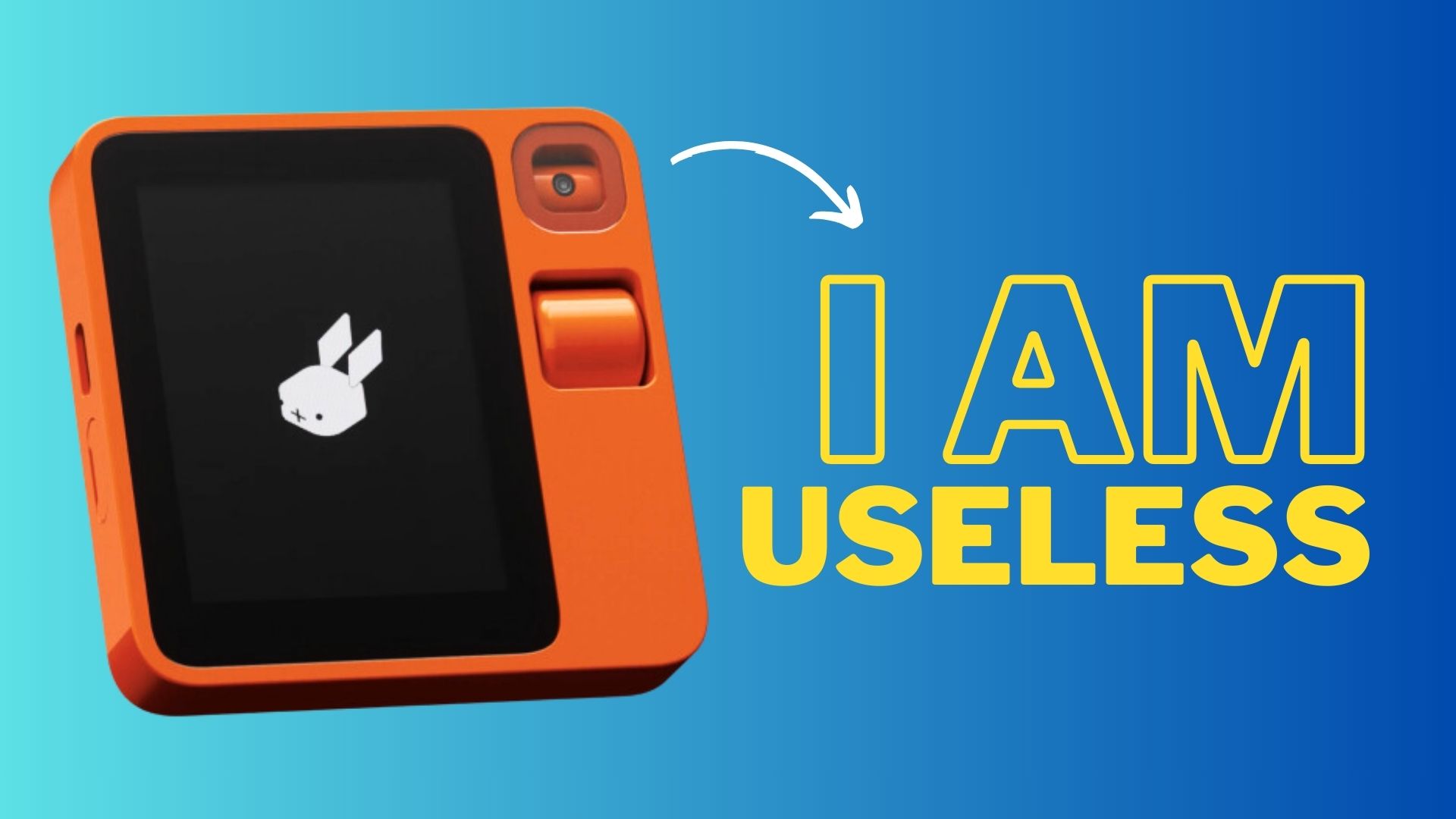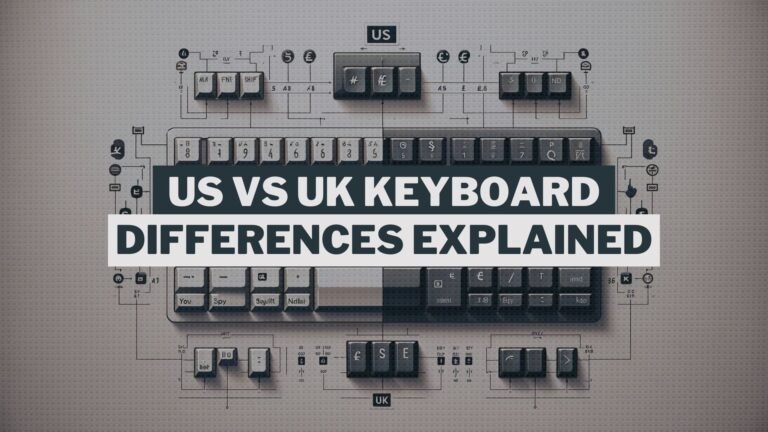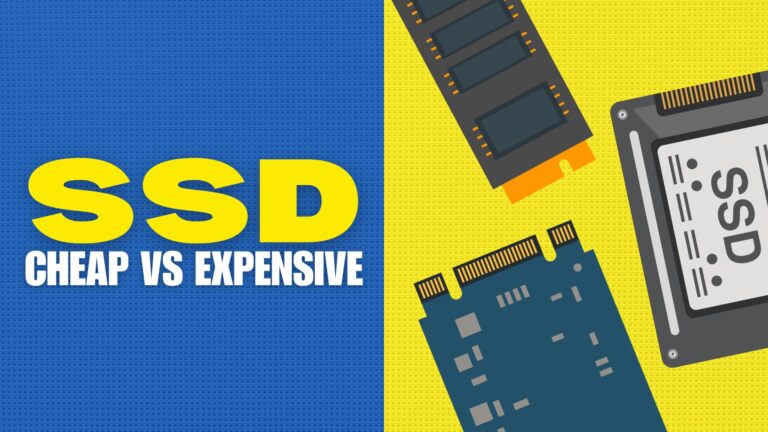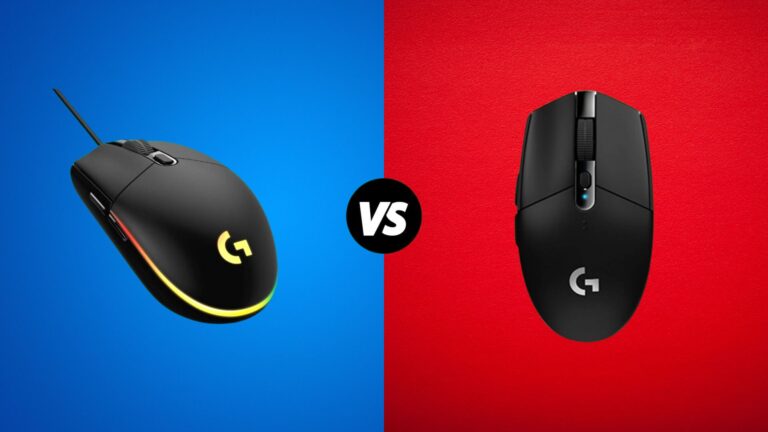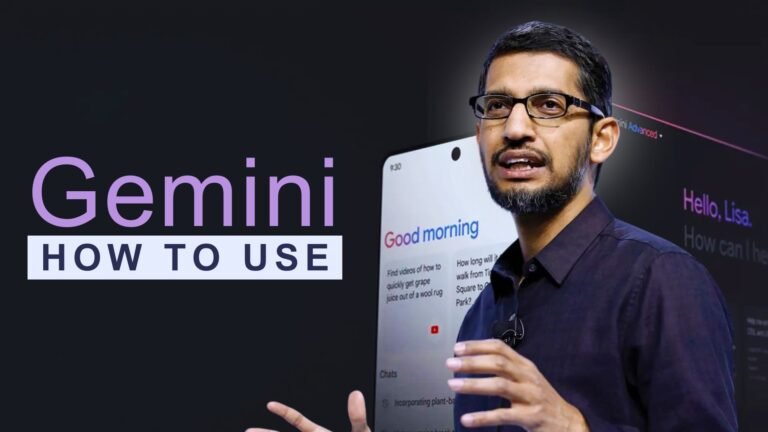Every smartphone user can relate to the frustration of interacting with a voice assistant. Whether you use Android or iPhone, attempting to command your voice assistant often results in multiple failures or unexpected outcomes.
Asking your voice assistant to play a song or add a reminder commonly leads to confusion or an entirely unrelated response. These limitations have turned into a significant annoyance for users, and AI gadgets aim to exploit this pain point.
At CES 2024, AI gadgets like the Rabbit R1, AI-powered pet collars, and voice-powered bidets captured the spotlight. These hardware accessories drew attention because they offer a solution to the widespread frustration with smartphone voice assistants.
However, even though these gadgets promise an improved voice assistant experience, they are likely to fail in the long term.
The Rabbit R1 boasts an array of features that make it stand out from the crowd. Let’s dive into what this device has to offer:

- 2.8-inch TFT Touchscreen Display
- 360° Rotatable Camera
- Push-to-Talk Button
- Analog Scroll Wheel
Rabbit R1 is an Advanced Version of ChatGPT
Comparisons between the Rabbit R1 and ChatGPT have led some to describe the Rabbit R1 as a more advanced version of ChatGPT. While both devices feature AI capabilities, significant differences distinguish them.
ChatGPT operates on a Large Language Model (LLM), primarily offering information. It can respond to inquiries and share knowledge. Yet, ChatGPT struggles with task execution, such as trip planning, food ordering, or cab booking.
Conversely, the Rabbit R1 utilizes a Large Action Model (LAM), enabling it not just to dispense information but also to undertake tasks directly. For instance, when tasked with trip planning, the Rabbit R1 goes beyond drafting an itinerary to actually booking trains or flights, accommodations, and any other necessities.
Can Rabbit R1 Replace Smartphones?
Similar to how users interact with smartphone virtual assistants, they can control the Rabbit R1 through voice commands.
While it is true that Siri or Google Assistant may not match up to the capabilities of the Rabbit R1, it is worth considering the potential integration of Rabbit R1’s features into these existing virtual assistants.
It is highly likely that Apple, Google, and other tech giants will integrate features similar to those of the Rabbit R1 into their virtual assistants. Though it may take time for this development to occur, it raises the question of the device’s long-term usefulness. If users can simply give commands to their smartphones to perform the same tasks, the Rabbit R1 may lose its appeal.
Rabbit themselves have acknowledged that the Rabbit R1 is not designed to replace a smartphone. Instead, it serves as a personal assistant that can accompany users and alleviate some of their manual work. Whether it’s booking a cab or managing daily tasks, the Rabbit R1 aims to make life easier and more efficient.
Final Thoughts
The Rabbit R1 brings a fresh perspective to the world of AI devices. Its ability to not only provide information but also take action sets it apart from its counterparts like ChatGPT. However, the long-term usefulness of the Rabbit R1 may be called into question as tech giants integrate similar features into their existing virtual assistants.
Ultimately, whether the Rabbit R1 is a game-changer or just a temporary fascination is yet to be determined. As technology continues to evolve, it will be fascinating to see how AI devices like the Rabbit R1 shape our lives.
